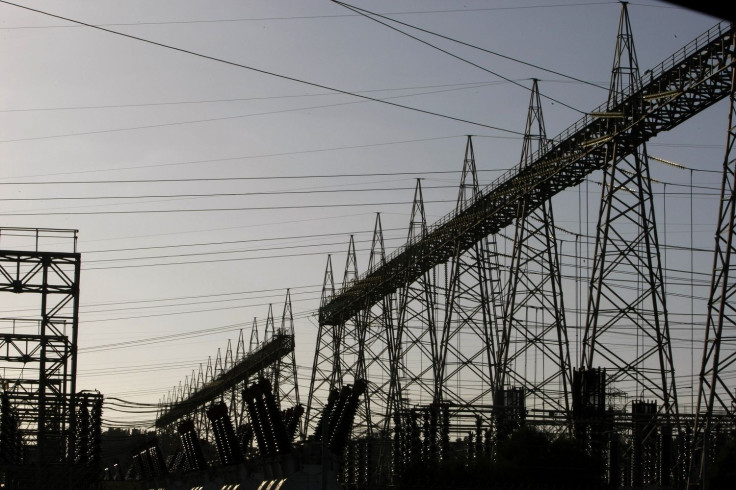Australia's power system should adapt to high use of renewable energy, AEMO says

A report investigating South Australia’s statewide blackout has highlighted the country’s electricity system’s need to adapt to the high use of renewable energy. The blackout on Sep. 28 last year resulted in as many as 850,000 residents experiencing power outage.
The Federal Government has said the principal reason for the blackout was the state’s heavy dependence on renewable energy. However, the Australian Energy Market Operator (AEMO) said two tornadoes had led to as many as five electrical faults before the network collapsed. The severe weather, carrying winds of up to 260 kilometres per hour, affected three major transmission lines in the state’s northern area, leaving residents without power for hours.
According to the findings of the market operator, nine out of 13 wind farms in the state collapsed because of their inability to tolerate disturbances in voltage. As a result, as much as 456 megawatts was pulled out of the system in a period of seven seconds.
“Approximately 700 milliseconds after the reduction of output from the last of the wind farms, the flow on the Victoria — SA Heywood Interconnector reached such a level that it activated a special protection scheme that tripped the interconnector offline,” the report states. At the point, the state power system became isolated from the national electricity market and the generation was lesser than the connected load.
Subsequently, the interconnector could not operate as a result of high demand. Frequency in South Australia power went down, resulting in the blackout that affected hundreds of thousands of people.
If software settings for these wind farms were more robust, the statewide blackout could likely have been prevented, AEMO further said. Nineteen recommendations have been made by the market operator to safeguard the overall power grid.
“The generation mix now includes increased amounts of non-synchronous (wind) and inverter-connected plant,” the report states. “This generation has different characteristics to conventional plant, and uses active control systems, or complex software, to ride through disturbances.”
More technology that enables the grid to withstand shocks and maintain stable frequency is required in order to prevent another statewide blackout in South Australia. According to Federal Energy Minister Josh Frydenberg, the findings revealed in the report are a “wake-up call.”
The problems concerning wind farms form the main reason for the blackout. “The statewide blackout in South Australia was a wake-up call that underlines the importance of maintaining the supply of reliable electricity to all Australians,” Frydenberg said.
With the energy mix changing consistently, AEMO said depending on traditional sources of electricity was no longer appropriate. Instead, there is a need to enhance stability through other means like adding more renewables.





















